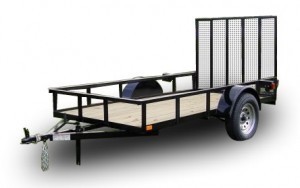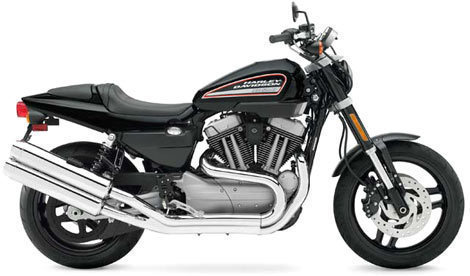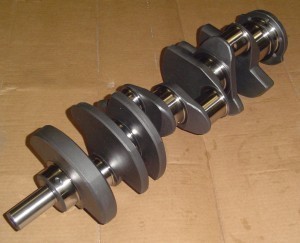Utility Trailer Dimensions
A small non-motorized vehicle, a utility trailer usually has a bed  or a rear cargo area with an open top. It is commonly used with a motorized vehicle, the purpose of which is to pull it. Similar to pickup trucks, it is used to haul light loads. Aside from these basic facts, it is also very interesting to find out the different utility trailer dimensions.
or a rear cargo area with an open top. It is commonly used with a motorized vehicle, the purpose of which is to pull it. Similar to pickup trucks, it is used to haul light loads. Aside from these basic facts, it is also very interesting to find out the different utility trailer dimensions.
Dimensions of a Utility Trailer
In the U.S., a utility trailer cannot exceed the height limit of 13 feet and 6 inches or 4,115 millimeters. In terms of length, the limit is actually set at 53 feet or 16,154 millimeters. These rules not only apply to utility trailers, but to all kinds of semi-trailers as well.
Additional Facts and Other Interesting Details
A utility trailer is commonly used for small businesses or even for personal purposes. It is somehow different from a semi-trailer truck, which is actually larger. Its primary purpose is to transport cargo. A van or a pickup truck is used to tow other types of trailers such as motorcycle trailers and enclosed toy trailers. For these smaller variants, a special permit is not necessary because a regular driver’s license is enough.
Smaller specialized trailers are available such as open-air bicycle trailers and motorcycle trailers. A set of axles and a drawbar are used to pull simple trailers. On the other hand, multiple axle varieties are used in travel trailers as well as utility trailers. Furthermore, some trailers are used to haul boats, specialized equipment as well as fully equipped kitchens.
Winches are also used together with trailers. They are designed to unload and load boats as well as other types of cargoes. A typical trailer winch comes with a cable and a ratchet mechanism. Some trailers are designed to carry horses and cattle, which are called livestock trailers. A sport utility vehicle or a pickup truck is enough to pull a horse trailer or a stock trailer. A bigger horse trailer can also include cooking facilities, bathrooms and sleeping areas.
When dealing with a utility trailer, stability is one of the important factors to consider. This specifically pertains to the tendency of this vehicle to control and handle side-to-side movements. This kind of motion is caused by aerodynamic factors such as a passing vehicle or a crosswind. The tongue weight and the location of the center mass are also important aspects related to stability. Nowadays, a modern trailer has a special feature called a Trailer Stability Program, which is used to fix problems caused by improper loading.





